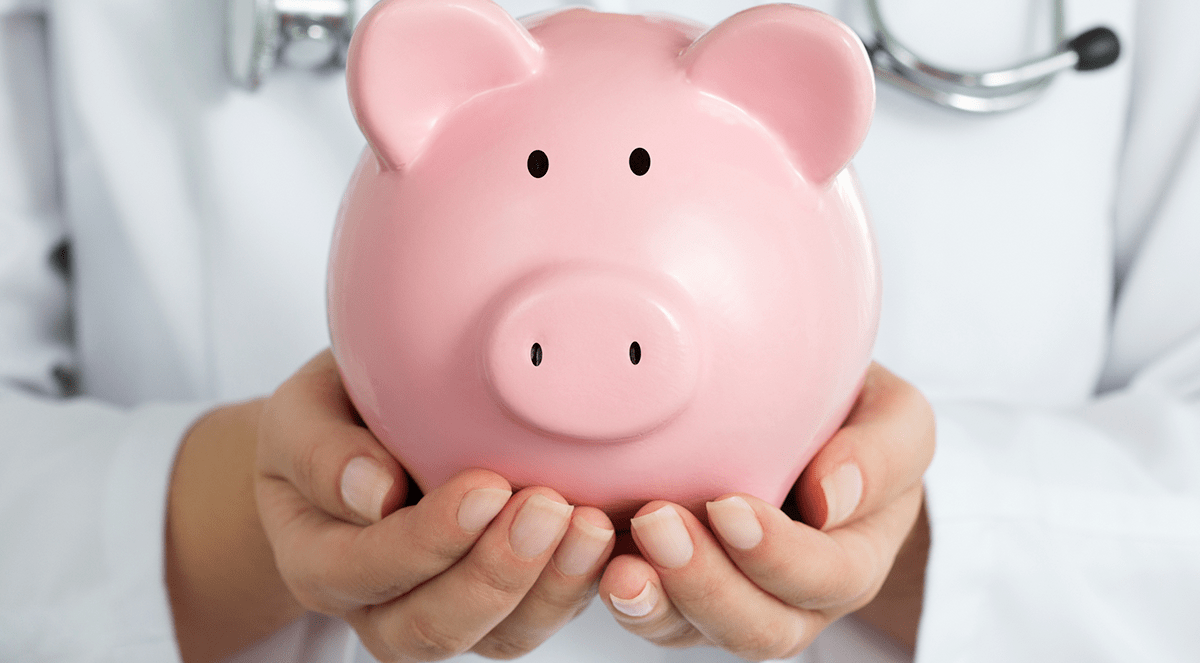What busy physician investor doesn’t love a set-it-and-forget-it option? It’s not that you should ever set and forget your finances, but there are tools in place that can help you increase your wealth without constant micromanagement. One of these tools is known as DRiPs—dividend reinvestment plans or dividend reinvestment programs.
A dividend is when a company shares its profits with qualified stockholders through direct payouts. As explained by Dividend.com, a dividend reinvestment plan gives an investor the opportunity to use the dividend payout to automatically buy more stock. For example, if you invest in XYZ Company and they pay out $1 in dividends per share per year, you can automatically put that money toward purchasing more XYZ Company stock. This increases your holdings and the overall value of your portfolio. Then next year, if XYZ decides to pay dividends again, you will receive more because you have more stock holdings, and then you can buy even more stock as part of your continued participation in DRiP.
Can you see the compounding possibilities? You are not putting any additional money from your own pocket into buying stock, and yet your holdings of this stock continue to grow because of the automatic application of dividends toward the buying of more stock.
More than 1,000 companies and closed-end funds offer DRiPs, but if you find yourself with a dividend-producing stock without a DRiP option, fear not. Many brokerage firms have their own plans in place to help you achieve this reinvestment strategy. To check if your stock has a DRiP available, you can visit DirectInvesting.com or ask your financial advisor.
The drawback of DRiPs is that you will, obviously, no longer receive your dividend checks in the mail. If you depend on this payout, DRiPs may not be the right option for you. However, if you have years of investing ahead of you and you want to grow your portfolio, be sure to discuss this strategy with your financial advisor.


